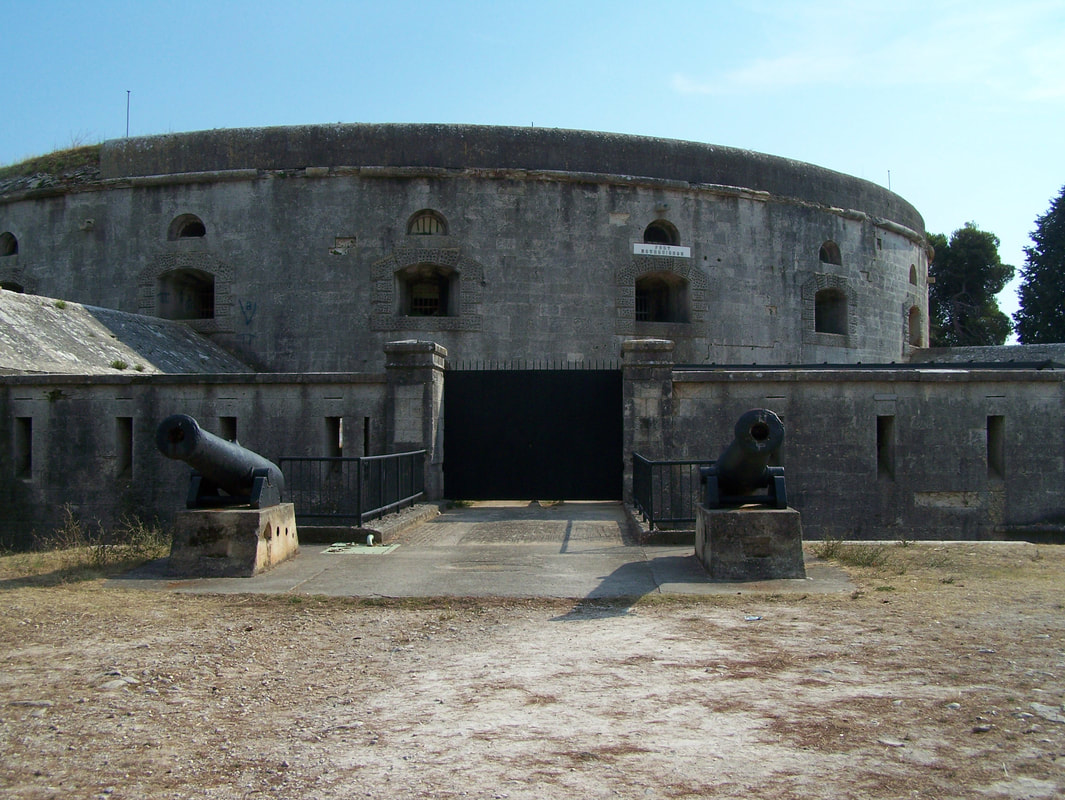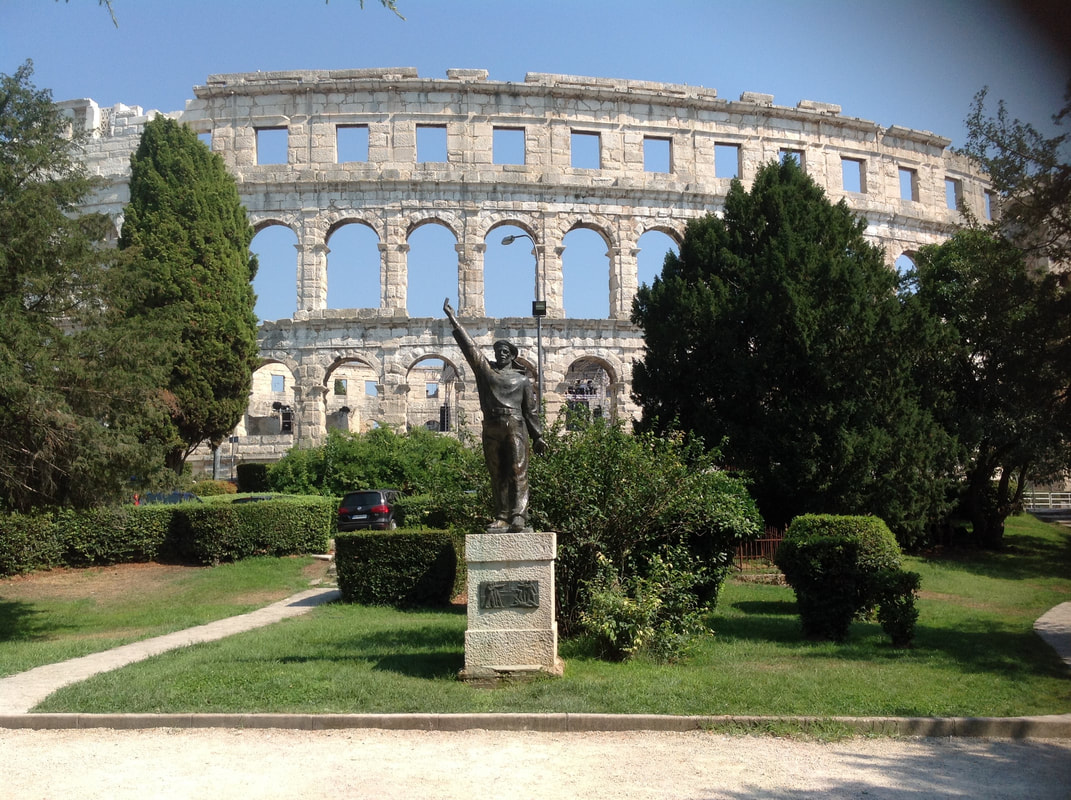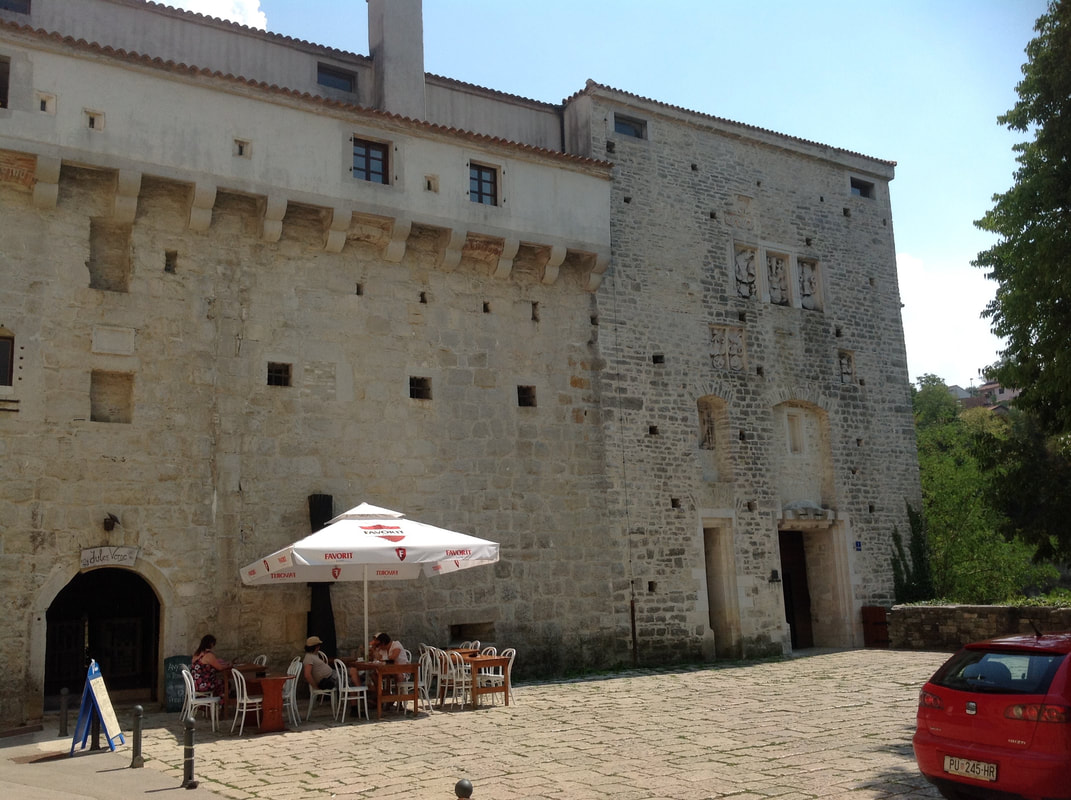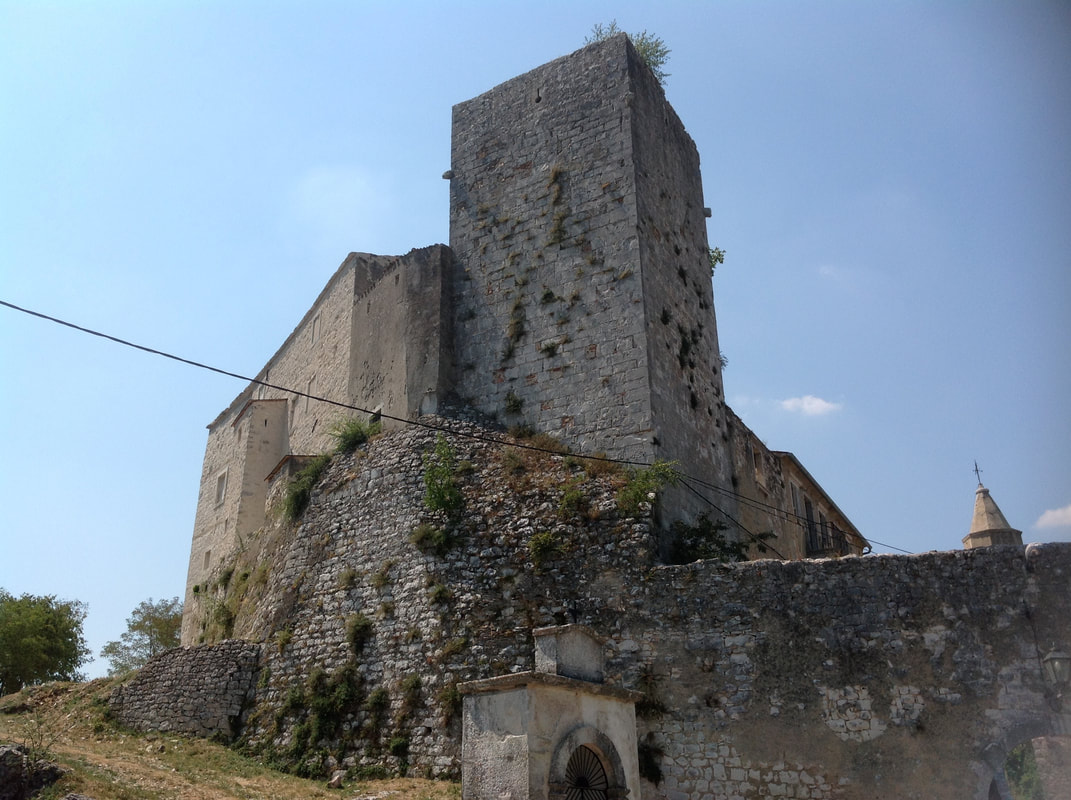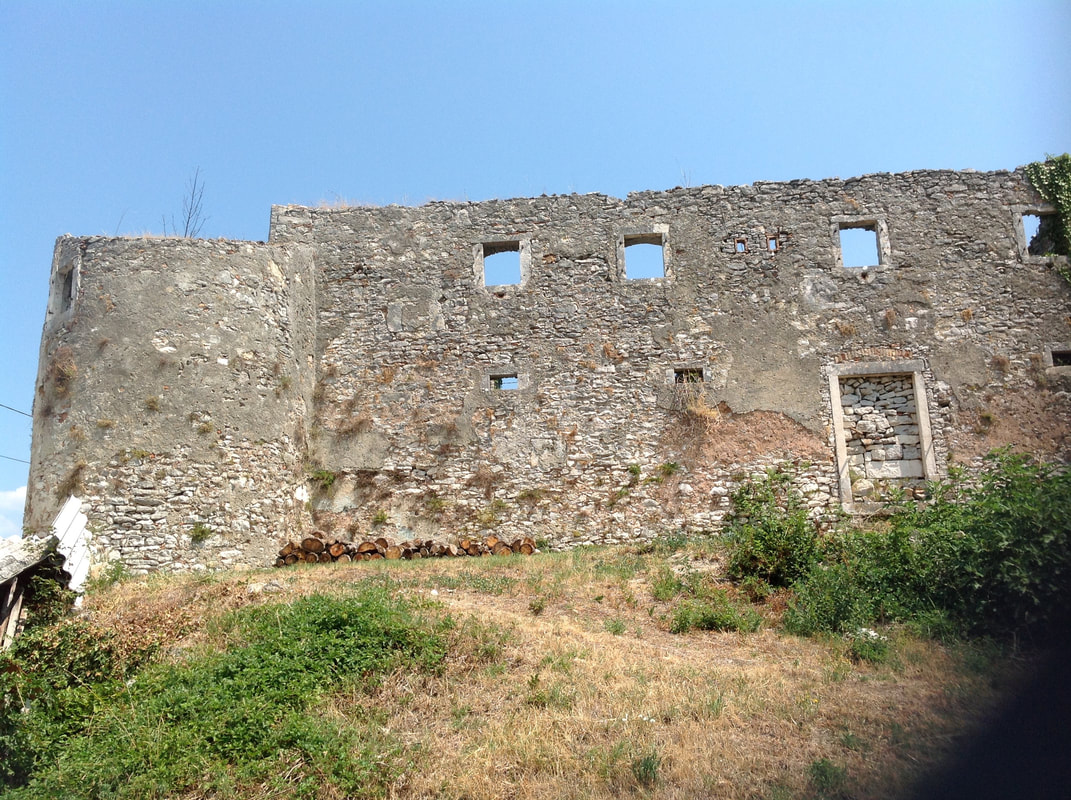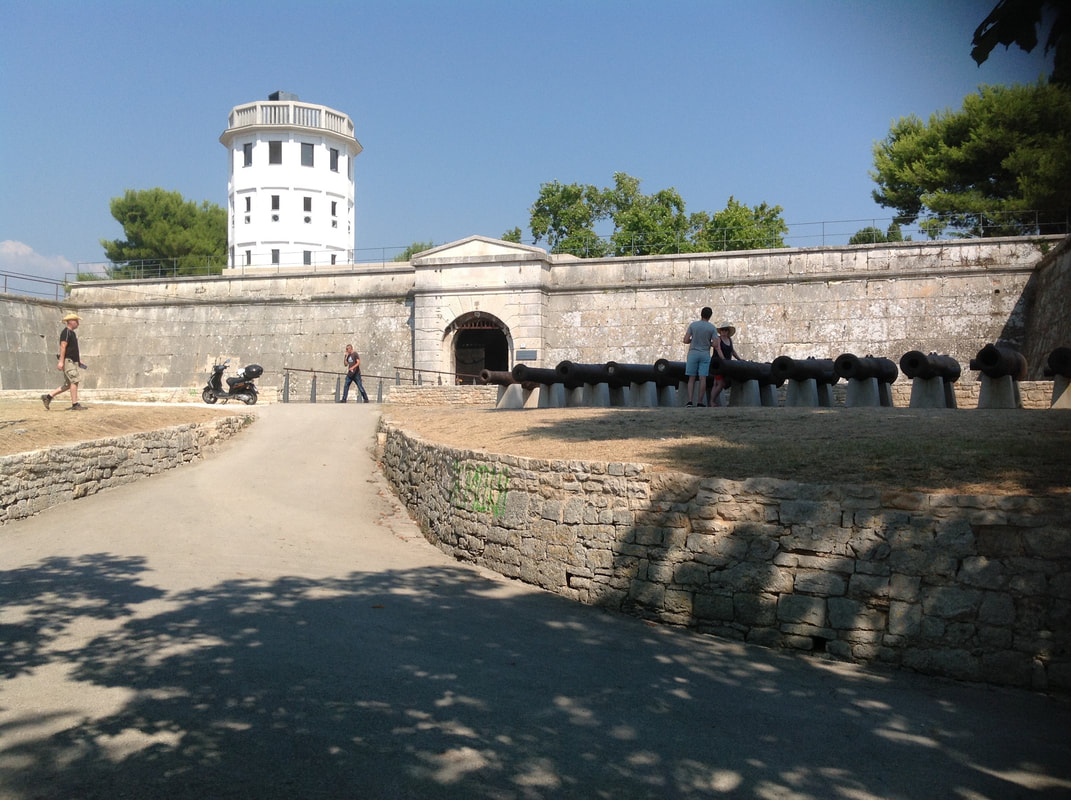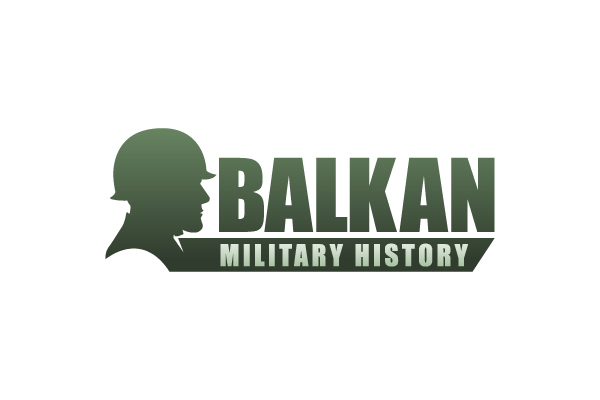- Home
- About
-
Travel
-
Features
- Dyrrachion1081
- Normans in the Balkans
- Manolada 1316
- Kosovo 1389
- Castles on the Danube
- Late Medieval Bosnian Army
- Doboj 1415
- Wallachian and Moldovan troops of the Napoleonic wars
- Anchialos 917
- Slovenian Borderlands
- The Zadruga and the Military Border
- Cretan War in the Adriatic
- Salonika 1916
- Uskoks of Senj
- Siege of Klis 1537
- Eugene in the Balkans
- Moldavian Surprise 1711
- Austro-Turkish War 1737-9
- Militargrenze
- Invading Ottoman Turkey
- Siege of Ragusa 1814
- Russo-Turkish War 1806-12
- Serbian Uprising 1815
- Ali Pasha
- Ottoman Army 1826
- Aleksinac 1876
- Shipka Pass
- Slivnitsa 1885
- Romanian Army 1878
- Austrian forts 19thC
- Kumanovo 1912
- Catalca Lines
- Adrianople 1912-13
- Kajmakcalan 1916
- The other 1918 campaign
- Macedonia air war WW1
- War of the Stray Dog
- Royal Yugoslavian armed forces
- Blunder in the Mountains
- Romanian SS
- Gebirgsjager in the Balkans
- Knights Move 1944
- Vis during WW2
- HLI in the Adriatic
- Adriatic Cruel Seas
- Dalmatian Bridgehead
- Cyprus 1974
- Transnistrian War
- Ottoman Navy Napoleonic wars
- Medieval Balkans
- Balkan lockdown quiz >
- Reviews
-
Armies
- Ancient Greeks
- Pyrrhic army of Epirus
- Dacian wars
- Goths
- Late Roman
- Comnenan Byzantine Army
- Normans
- Serbian medieval
- Albanian medieval
- Wallachian medieval
- Bosnian Medieval
- Catalan Company
- Polish 17C
- Austrian Imperialist
- Ottoman
- Austrian 18thC
- Russian Early 18thC
- Ottoman Napoleonic
- Greek Revolution
- 1848 Hungarian Revolution
- Russian Crimean war
- Romanian Army of 1877
- Ottoman 1877
- Russian 1877
- Balkan Wars 1912-13
- Macedonia WW1
- Greece WW2
- Italian Army WW2
- Gebirgsjager WW2
- Hungary WW2
- Turkey WW2
- Soviet Union WW2
- Bulgaria WW2
- Turkish Korean War Brigade
- Balkan Wars 1990s
- Links
- Books
Istria
|
Istria is in the west of modern Croatia. It was named after a tribe the Romans called the Histri. Protected by the difficult navigation of their rocky coasts they used piracy as a form of income and it took two military campaigns for the Romans to finally subdue them in 177 BC. After the fall of the Roman Empire, the Goths and Avars passed through, until the Lombards and then the Franks established themselves.
In 1267 the coastal region was occupied by Venice, while inland was briefly Croatian, until the Habsburgs moved in. After the Napoleonic wars the whole region became part of the Habsburg Empire until that collapsed and the end of WW1. The post-war settlement gave Istria to Italy until 1947 when it became part of Yugoslavia. After the break up in settled into modern day Croatia. While the Istrian coast is visited by thousands of tourists each year, particularly Porec and Rovinj, there are a number of castles inland that are worth a look. In particular the medieval town of Pazin. And here are two more at Krsan and Sumber. The main point of interest is the city of Pula (Pola Italian) in Croatia, which was the main naval base of the Austro-Hungarian Navy. There is plenty to see reflecting its varied history. Primarily Venetian influence until it became part of the Hapsburg Empire in 1813. Then back to Italy after WW1, before becoming part of Yugoslavia after WW2. The Roman influence is most obvious in the well preserved amphitheatre. The Venetian star fortress dominates the city and incorporates a small museum. The best example of Austro-Hungarian fortifications is Fort Bourguignon. This is south of the city and tricky to find. Go through the reception barrier at Hotel Splendid and turn sharp right into their car park. You will see a pyramid structure on top of the hill and the fort is next to it. The guide book says that there are galleries with details of the fortifications around the city, but it was closed. I suspect the lack of signs means this is permanent. |
